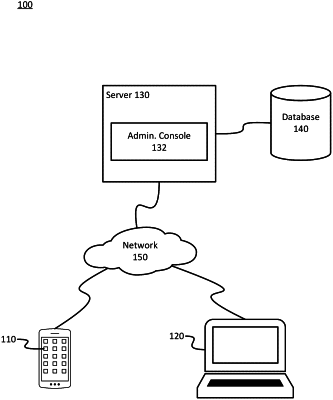| CPC G06F 21/40 (2013.01) [G06F 21/316 (2013.01); G06F 21/32 (2013.01); G06F 21/36 (2013.01); G06F 21/602 (2013.01); G06N 5/04 (2013.01); G06N 20/00 (2019.01); G06F 2221/2111 (2013.01); G06F 2221/2137 (2013.01)] | 26 Claims |

|
1. A computing device comprising:
one or more processors; and
memory storing instructions that, when executed by the one or more processors, cause the computing device to:
receive a request to unlock a portion of the computing device's capabilities;
receive, via one or more inputs of the computing device, a first authentication parameter and a second authentication parameter, wherein the second authentication parameter comprises a background element;
determine, using a first machine learning model trained to identify a first baseline parameter associated with a lock condition, that the first authentication parameter matches the first baseline parameter;
determine, using the first machine learning model, a physical state of a user requesting unlocking of the portion of the computing device's capabilities;
determine, using a second machine learning model trained to identify a second baseline parameter associated with the lock condition, that the second authentication parameter matches the second baseline parameter;
determine, based on the physical state of the user, based on the first authentication parameter matching the first baseline parameter, and based on the second authentication parameter matching the second baseline parameter, that an unlock condition has been satisfied; and
unlock, based on a determination that the unlock condition has been satisfied, the portion of the computing device's capabilities.
|